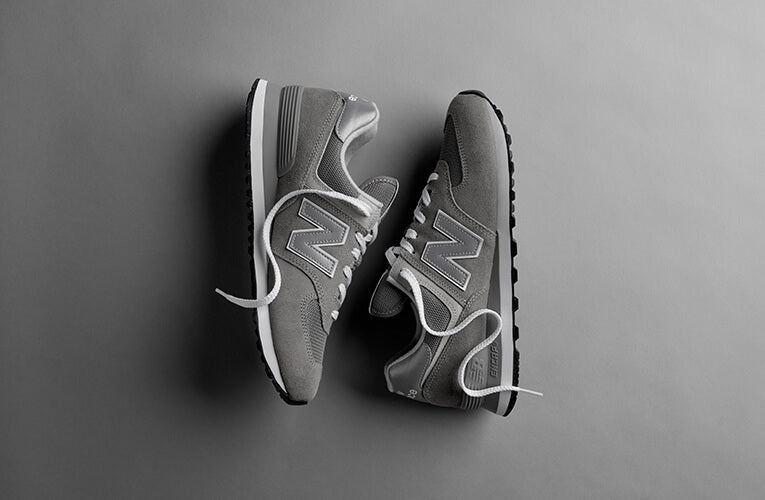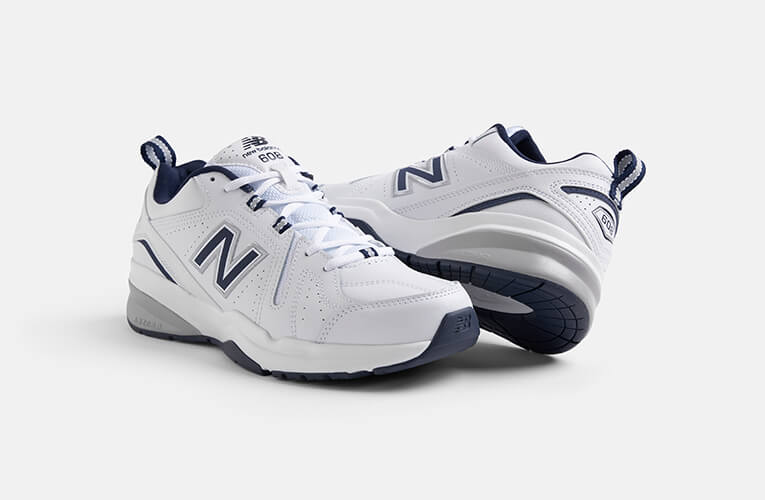Diabetes sufferers…Finding the right shoes

People who suffer from diabetes are all too familiar with foot-related problems and these can range from mild to extremely severe. Sufferers of both Type 1 and Type 2 diabetes face reduced blood flow to the peripheral nerves due to damage to the blood vessels, either directly or through parts of the brain that connect to these areas.
The symptoms can range from calf pain and swelling to tingling and burning. The reduced levels of oxygen going into the feet can cause ulcers, calluses and bunions and in the most extreme situations this can result in cellulitis and gangrene or complete tissue inactivity sometimes needing amputation.
There may also be a weakening of foot muscles leading to misalignment of the foot that can put undue pressure on certain areas of the foot.
So the question is, can the right footwear help? And the simple answer is yes.
Often, people suffering from diabetes are not aware that there are shoes being made specifically to help their condition. Most diabetics in fact, wear the same shoes as non-diabetics.
So here are some top tips on choosing the right shoes if you suffer from diabetes.
- Choose shoes that have lots of room, especially around the toes and balls of the feet, reducing the likelihood of developing pressure ulcers.
- Check the inner linings to make sure they are seamless and cushioned, minimising the risk of ulcers or blisters and providing your foot with extra support.
- If you have been prescribed orthotics, you will need shoes that are deeper than normal shoes. With orthotics in, your foot will be raised; you want shoes where your heel will not slip out from the back.
- Shoes that have thick outer soles are particularly beneficial as they provide the extra cushioning resulting in reduced pressure on the foot.
- Avoid totally flat shoes or shoes with high heels; both extremes don’t allow for even pressure across the foot.
- Choose leather, canvas, or suede styles to allow adequate circulation of air. Don’t buy plastic or other materials that don’t allow the shoe to ”breathe.” Dry, cracked skin can make diabetics particularly prone to fungal infections.
- Find shoes that can be fastened properly to ensure stability. Avoid slip on shoes, flip flops or anything that doesn’t provide adequate support. Shoes with laces, buckles or Velcro are usually suitable.
- Finally, and probably the most important is to get the right size. Just because you are a size 5 in one style of shoe, doesn’t mean a size 5 will fit across all styles. Go to a speciality shoe-fitter who knows exactly how to measure your feet and can suggest what shoes will be most suitable for you.
So where do you get such shoes? Well, you probably won’t get them at a high street shoe shop, but there are speciality shoe companies like ours that cater solely to people with foot problems (www.widefitshoes.co.uk) Our shoes have been scientifically designed and manufactured to ensure maximum comfort, stability and support for almost any foot condition… and the designs are not bad either.






